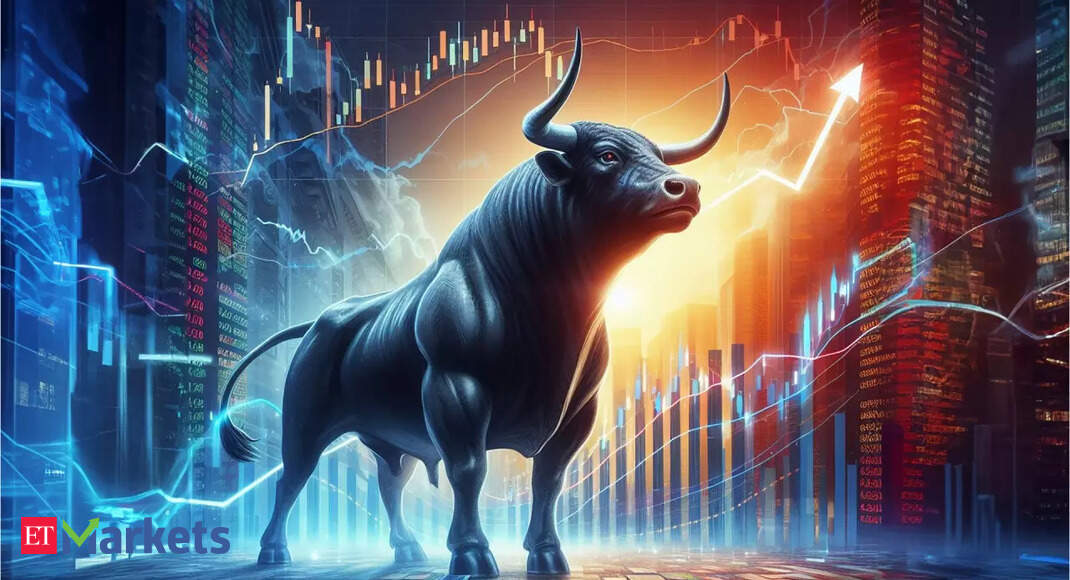Recognizing the utility of this indicator, the National Stock Exchange (NSE) of India launched its own version called the India VIX in 2008, using the methodology licensed from the CBOE. The India VIX is based on the Nifty 50 Index options and represents the market’s expectation of volatility over the next 30 calendar days.
This launch was driven by the increasing complexity in Indian capital markets, the rise in derivatives trading, and the need for a standardized metric to measure implied volatility, thereby empowering investors with a forward-looking view of risk.
What is India VIX and why Is it Important?
India VIX is a measure of implied volatility derived from option prices, which captures the market’s collective expectation of near-term volatility. Unlike traditional equity indices that measure price levels, the VIX reflects sentiment and anticipated market fluctuations. Specifically, India VIX uses order book data from near and next-month Nifty 50 index options traded on the NSE.
A VIX reading of 15, for instance, implies an annualized expected volatility of 15% over the next 30 days. The importance of VIX lies in its ability to serve as an indicator of expected market volatility. Higher VIX values correspond with greater uncertainty, while lower readings may imply market stability. Market participants, including institutional investors and asset managers, often monitor the VIX as one of several indicators to perform risk management, hedging strategies, and tactical asset allocation decisions. India VIX is one of many tools that can provide context on changing market conditions.
How is India VIX calculated?
The calculation of India VIX is rooted in a methodology adopted from the CBOE, tailored to suit the Indian derivatives market. It involves using bid-ask quotes of out-of-the-money (OTM) call and put options from the near and next-month expiry contracts of the Nifty 50 index. These OTM options are chosen because they are more sensitive to volatility expectations and provide a clearer picture of anticipated market movements. For each selected option strike, the midpoint of the bid and ask price is computed. These midpoints are then weighted based on strike intervals, adjusted for the risk-free interest rate, and aggregated to calculate the variance. Finally, the result is annualized to yield the India VIX. In simpler terms, India VIX quantifies the level of implied volatility embedded in the premiums of Nifty options. When traders expect high volatility, they are willing to pay more for protection, which in turn raises the VIX value.
Interpreting VIX Levels: What Does a Number Mean?
Historical Levels of VIX since May 2008
 ETMarkets.com
ETMarkets.comSource: NSE, MO AMC. Data as on 17th June 2025.
India VIX values can be interpreted to understand prevailing market sentiment. Generally, a VIX reading below 13 signifies a calm market with low expected volatility, while a range of 13 to 17 is considered normal. Values between 17 and 25 suggest increasing nervousness among investors, and a VIX above 25 indicates elevated volatility and potential market turbulence. These levels act as critical signals for asset managers and retail investors alike.
Additionally, researchers have also explored how VIX can be used for timing strategies between large-cap and mid-cap segments. A rising VIX typically favors a shift towards large-cap exposure, while a falling VIX can encourage allocation to mid-caps and small-caps.
The lowest India VIX level was recorded in July 2023 at around 10.14, during a period of market consolidation. In the following 12 months, the Nifty delivered a strong return of approximately 26.4%, reflecting investor confidence during low volatility. In contrast, the highest VIX levels were seen during major global shocks – above 85 in November 2008 during the Global Financial Crisis, and over 80 in March 2020 during the COVID-19 outbreak.
Following these periods of elevated volatility, markets rebounded sharply. After the 2008 spike, the Nifty returned about 80.8% over the next year. Similarly, after the COVID-induced VIX surge, the Nifty posted a strong recovery of nearly 83.6%. These patterns show that extreme volatility often precedes strong market rallies.
India VIX and Nifty: A Negative Correlation
Correlation of VIX with Nifty since May 2008
 ETMarkets.com
ETMarkets.comSource: NSE, MO AMC. Data as on 17th June 2025.
Historically, India VIX has exhibited a strong negative correlation with the Nifty 50 Index. When the Nifty experiences a sharp decline, the VIX typically spikes, reflecting heightened uncertainty fear and increased demand for protective derivatives. Conversely, during market rallies, VIX tends to fall, indicating reduced uncertainty.
The average correlation between Nifty and India VIX is -0.41 based on the data analysed since 2008. This inverse relationship makes India VIX a valuable tool for hedging, especially for passive and index investors who seek to protect portfolios from adverse movements.
Research studies have also emphasized the asymmetrical nature of VIX’s relationship with market returns – it reacts more sharply to market downturns than to rallies.
For example, on 7th April 2025, India VIX surged by 65% when the Nifty dropped 3.24% due to global uncertainties. In contrast, on 28th October 2008, even as the Nifty jumped 6.35%, VIX fell by around 33%. This pattern illustrates that VIX reacts more aggressively to market declines than to market gains.
How VIX Moves Differently During Nifty’s Gains and Losses
Average Movement in VIX Levels in relation to Nifty since May 2008
Source: NSE, MO AMC. Data as on 17th June 2025.
The asymmetrical relationship between Nifty and VIX is evident in how VIX levels respond across different ranges of Nifty’s average daily returns.
When the Nifty falls, especially during sharp declines, VIX tends to rise significantly. For instance, if Nifty drops by more than 5%, the VIX shoots up by an average of 9.3%. Similarly, for a fall between 3% and 5%, the VIX still increases by around 9.6%. This indicates a strong spike in market uncertainty during negative events. On the other hand, when the Nifty rises, the VIX does not drop as sharply. For example, in cases where the Nifty gains more than 5%, the VIX decreases only by about 1.5%. Even for gains between 3% and 5%, VIX drops by just 3.6%.
This pattern highlights that VIX is considerably more sensitive to market declines than to rallies. The market tends to react more strongly to downside risk than to upward movements. This imbalance reinforces why volatility indices are seen as early warnings for downside risk and not for upside potential.
Don’t Ignore Volatility
Volatility is not merely a risk factor but a dimension of the market that holds valuable insights. The India VIX serves as a transparent, real-time indicator of investor sentiment and expected market fluctuation. For index fund investors, ETF product managers, and mutual fund professionals, integrating VIX into investment frameworks can offer a strategic advantage. Whether it is used for hedging, asset allocation, or sentiment monitoring, the importance of VIX cannot be overstated.
As India’s financial markets evolve, the inclusion of volatility-linked products like a VIX ETF could deepen the passive investment landscape and provide new tools for portfolio resilience. While challenges remain, the foundation is already in place. With thoughtful design and education, volatility could indeed become a tradable and manageable asset class.
(The author Chetan Kukreja is chief of research – passive funds at Motilal Oswal Asset Management Company. Views are own)
(Disclaimer: Recommendations, suggestions, views, and opinions given by experts are their own. These do not represent the views of the Economic Times)




